Why We Shoot The Blue Hour
Like the golden hour, the blue hour is one of the very best times of day to take photographs. It's that brief period of time just before the sun rises or sets when the sky goes a deep blue-purple color.
In urban areas, the lights come on, kicking out the dark shadows and giving us beautifully contrasting colors and tones. We can convey motion with the light trails of cars, planes, or boats. In short, it’s a stunning time of day to shoot. With that in mind, let’s look at some different ways you can capture stunning blue hour shots. For all these ideas, I would strongly suggest shooting in RAW as this will allow you much more control in post-production, particularly with white balance.
Shooting Light Trails
To get great blue hour light trail shots, you are going to need a locked-off camera. That means, at best, a good-quality tripod or, if you do not have one, something very solid to put your camera on, perhaps a wall. Setting the self-timer to 2 seconds will allow you to step away from the camera and avoid camera shake.
You can keep your ISO low and use a nice long shutter speed, this can be anywhere from 1-2 seconds out to 30 seconds. Apertures around f5/6 to 8 should be fine.
If shooting car light trails, look for an area where the traffic will be free-flowing. If you are near a controlled junction, the traffic can stop and affect the way your image looks.
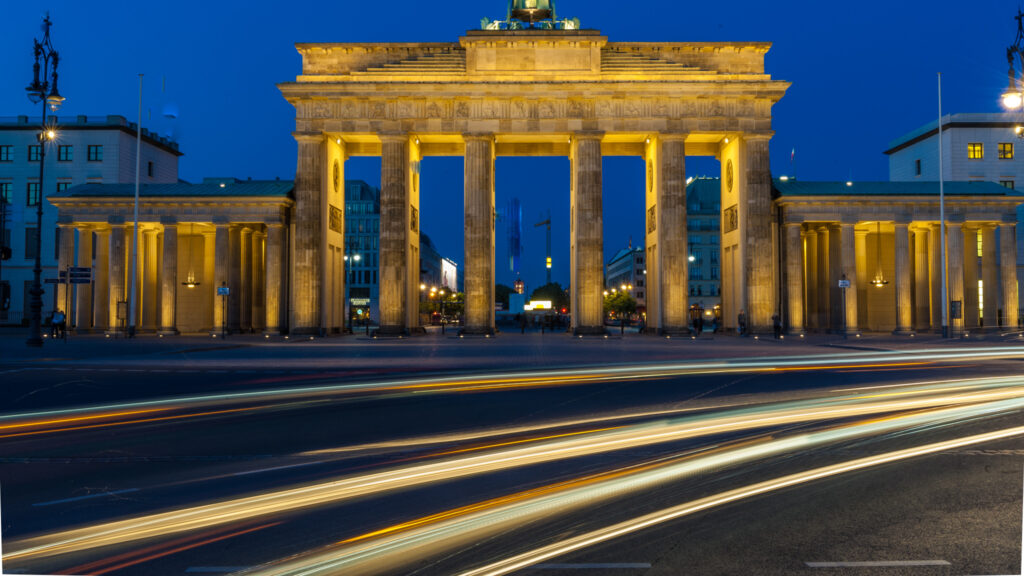
Blue Hour Run And Gun
Run and gun is a documentary filmmaking term that we can apply to photography. It means shooting with minimal equipment and capturing shots quickly and discreetly.
Because the blue hour can be over quite quickly (it’s rarely an hour), we often need to work fast. It’s also possible that we have not bought a tripod with us. If so, we can run and gun.
The premise of this is quite simple. We use a nice fast lens, often a prime of f/1.8 or better, and bump up our ISO. If we are looking to keep moving subjects fairly still, we can preset our shutter speed, shoot wide open and use Auto ISO to get the exposure right. Most modern cameras will shoot decent images up to 6400 ISO with some careful post-production.
We can also carry our shutter speed to keep motion in faster-moving subjects but to freeze slower ones. Using IBIS, in-built image stabilization and lens stabilization will help you greatly in avoiding camera shake.
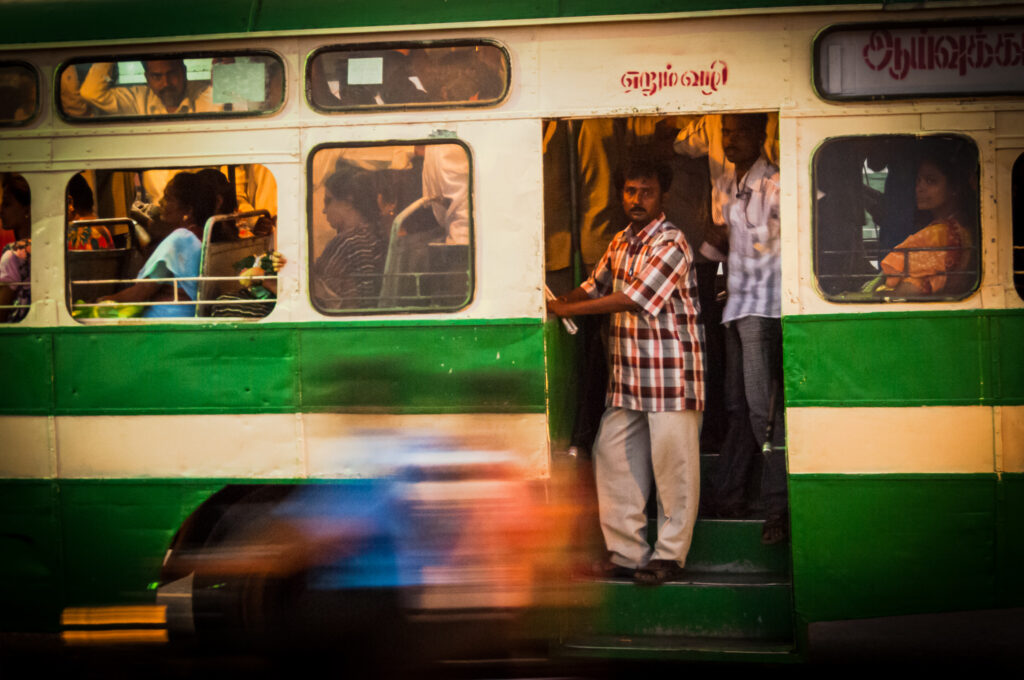
Reflections In The Blue Hour
Reflection shots can be brilliant in the blue hour, especially after rain. Puddles can make great devices to reflect the city and traffic lights. Windows can be used to both frame and reflect the lights.
For puddles, use a flip-out LCD screen if you have one. This will allow you to get low down. Again using auto ISO and IBIS will help maintain a high enough shutter speed to avoid camera shake.
Window and car reflections can be shot run and gun style or with a little more considered approach using a tripod. This will allow you to get slow shutter speeds for high quality or even capture light trails in windows.
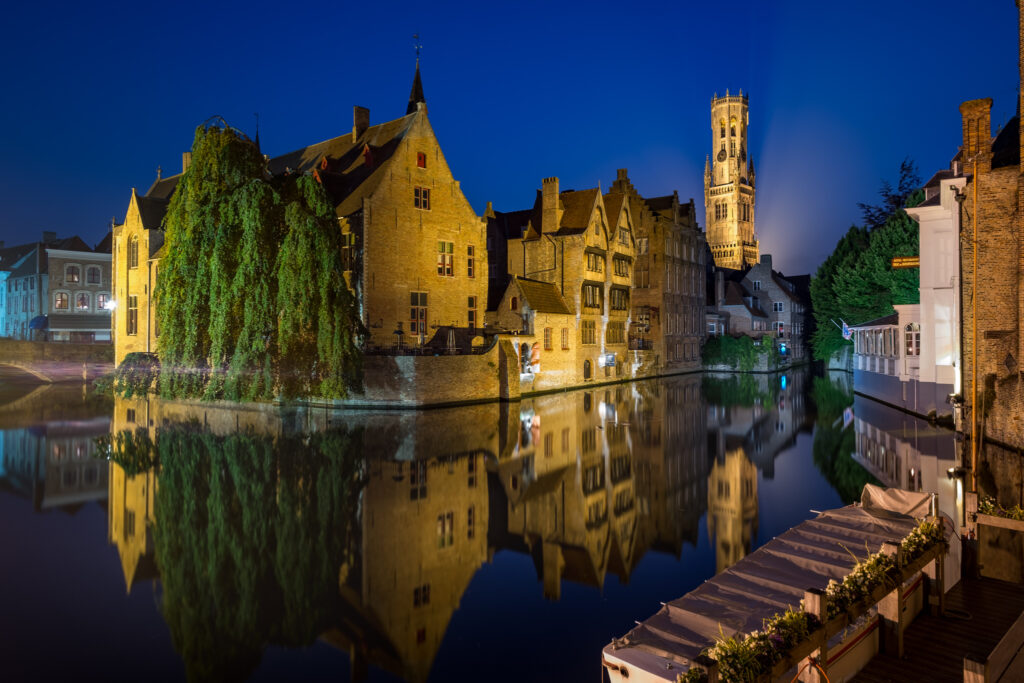
Cityscapes In The Blue Hour
Cityscapes are perfect subjects for the blue hour. The intense variety of artificial lights combined with the inky blue sky will make for some magnificent shots.
For a wider, all-encompassing cityscape, it’s best to use a tripod with a nice slow shutter speed. From a distance, there will not be a huge amount of motion. The locked-off camera will enable you to get ultra-sharp and detailed images. If possible, you can use light trails on a highway to lead your eye into the shot. Certain lenses can give you starburst effects on lights. Experiment with the aperture to decide if this is an effect you wish to keep or avoid.
If you are without a tripod, try setting the slowest shutter speed you are comfortable with and bumping the ISO. A wider lens will give you more stability at lower shutter speeds.
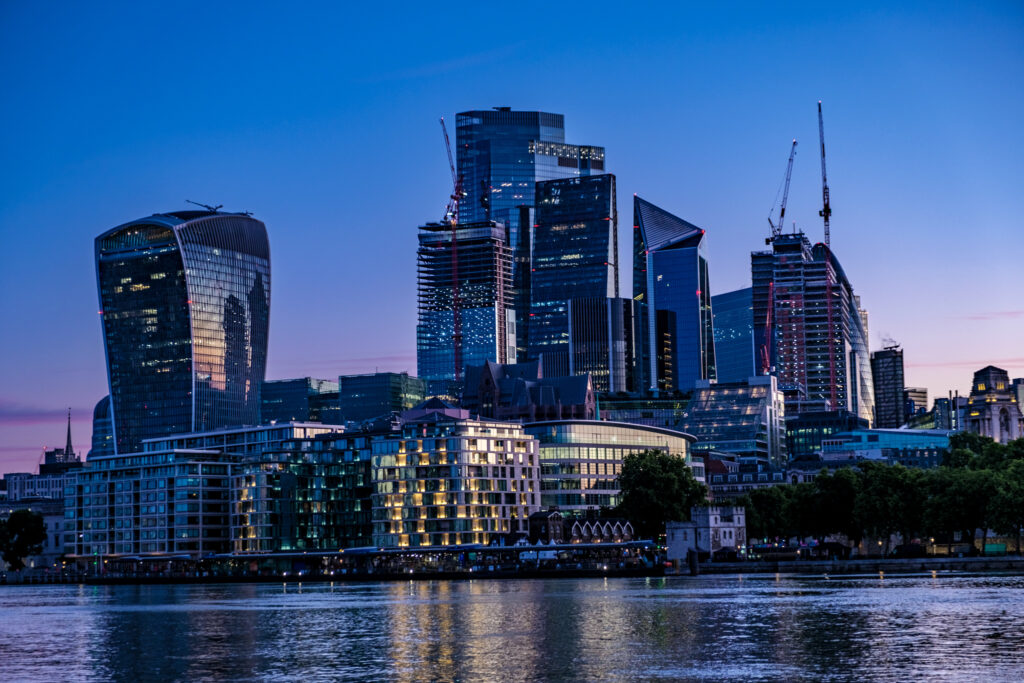
Blue Hour Architecture
Architecture in the twilight is a classic photographic subject. It will require that the building is well-lit and that those lights have come up to full intensity. This might mean there is very little shooting time left for you.
Get to your location early, and set up a tripod. Experiment with different compositions and have your camera ready and set to shoot once the lighting conditions become right. City lights rarely go on at the moment of sunset; often, it’s 15-30 minutes after, so you need to wait around. When they do come on, they may also take 5-10 minutes to come to full brightness.
Shoot RAW, set an aperture to avoid starburst in bright lights, and keep your ISO down low for ultimate quality. Look for potential motion blur in the images, such as leaves or flags. If you want to avoid this blur, gently raise the shutter speed and ISO to eliminate it.
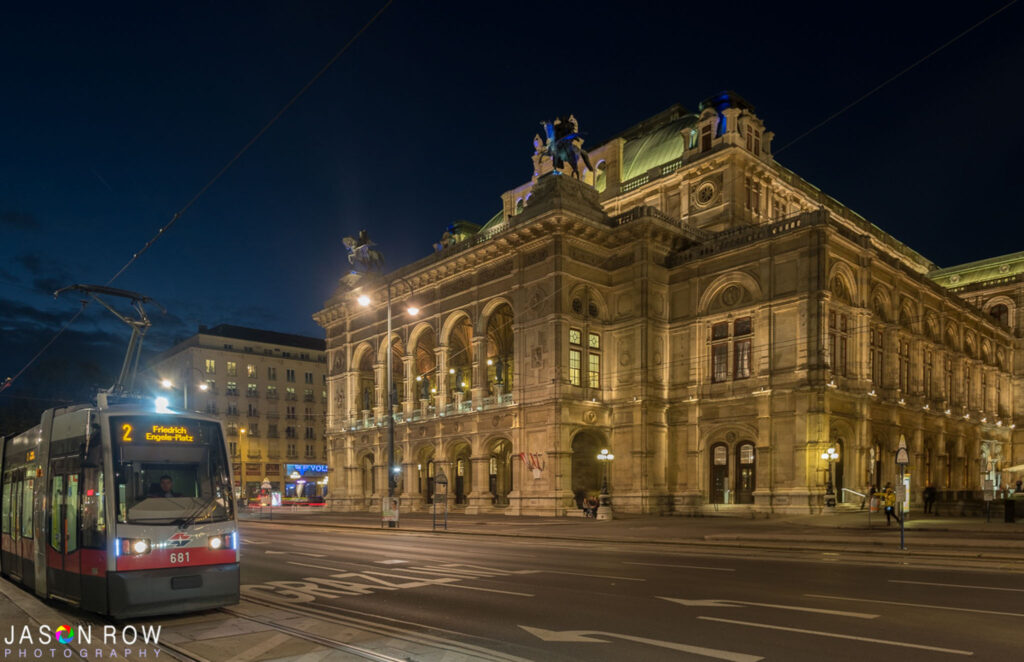
Moonlit Landscape And Seascapes
Outside of cities and towns, you might think we are a little limited for blue hour shots. However, we can shoot using the moon. You will need a moon phase that is pretty close to full and a relatively clear evening. Using a combination of this and nice long shutter speeds should be enough to put some details into the shadows and give really ethereal-looking images.
One of the best subjects for blue-hour photography is coastal scenes. With the first or last color of the sunset on the horizon, an inky blue sky, and an interesting foreground, you can create stunning seascape shots. These are made even more interesting by the ghostly effect of the sea in a long exposure shot.
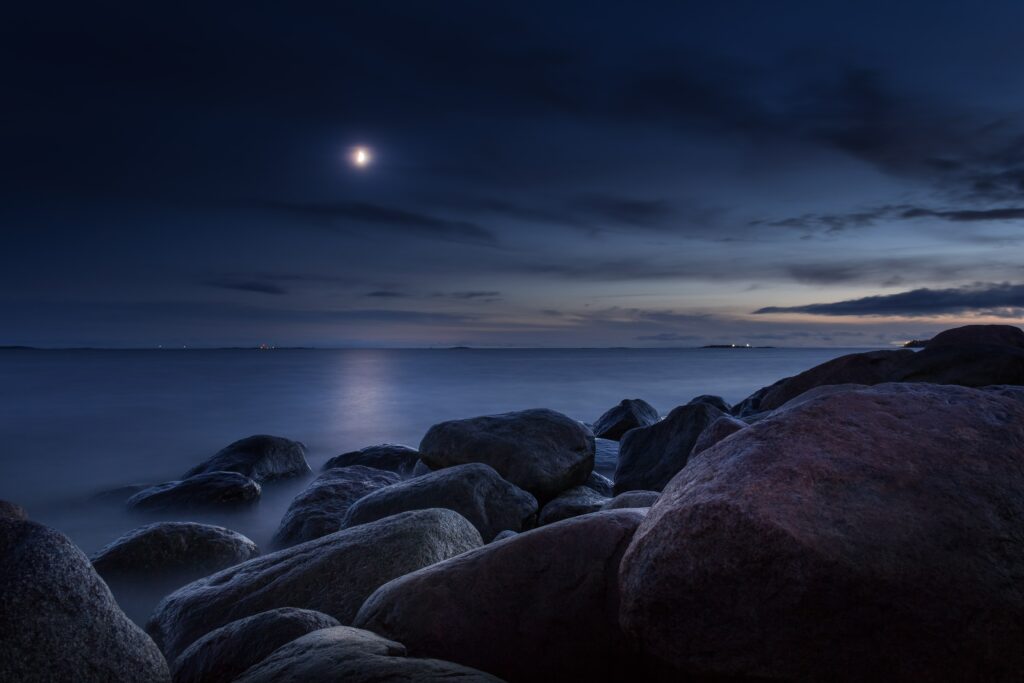
Summary
So there we have it, 6 ideas for you to create stunning blue hour shots. The blue hour is an amazing time of day, often overlooked for the beautiful sunrises and sets of the golden hour. You don’t necessarily need to use long exposure and a tripod for blue-hour shots these days. A combination of fast apertures, high ISO, and camera stabilization has brought these types of images much closer for the casual shooter.
Whether you are an occasional snapper or an experienced tog, the blue hour has a huge range of options to offer.

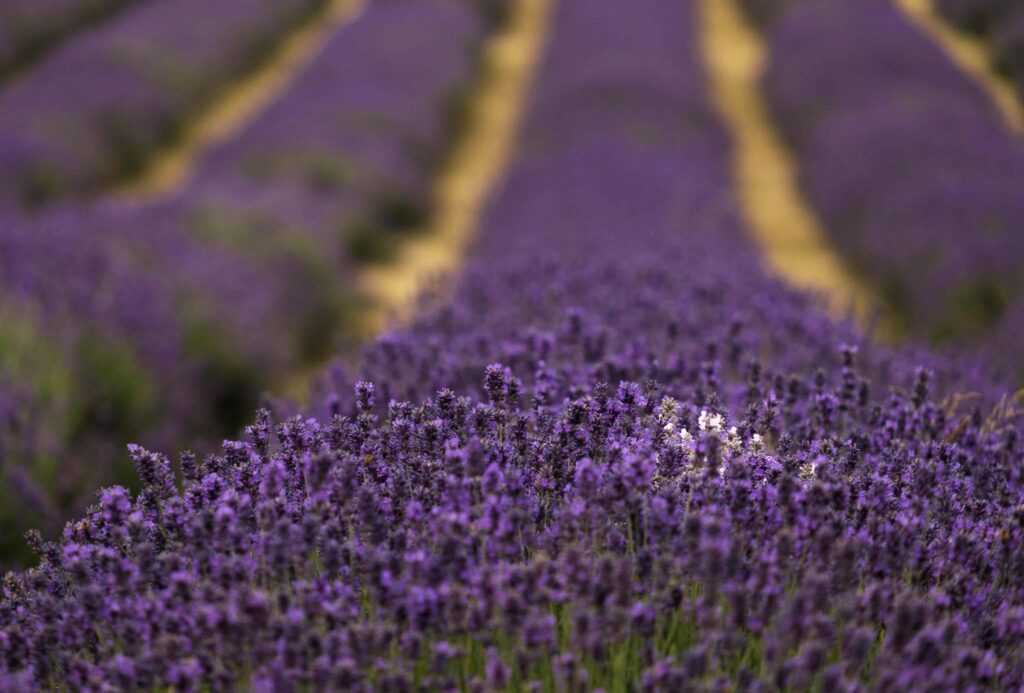
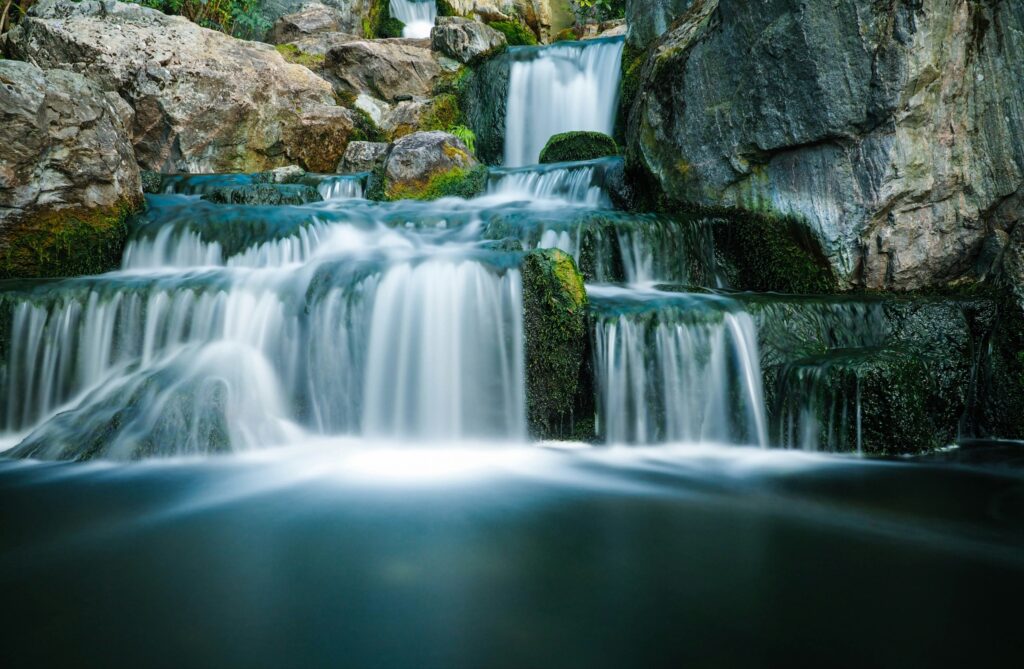
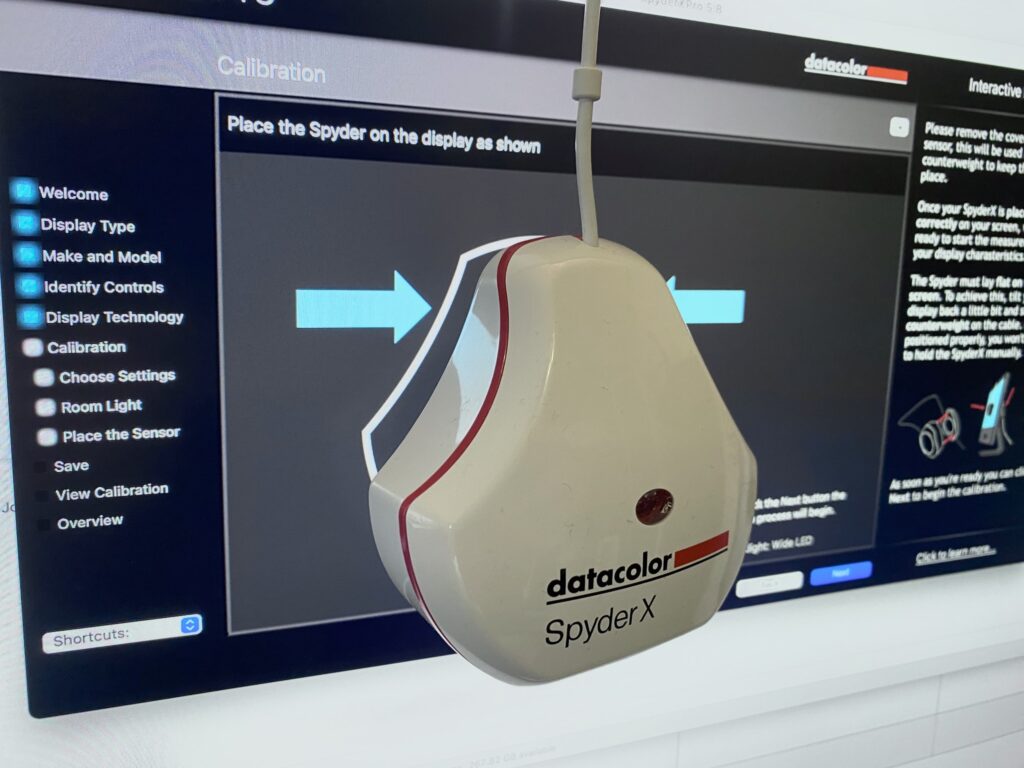
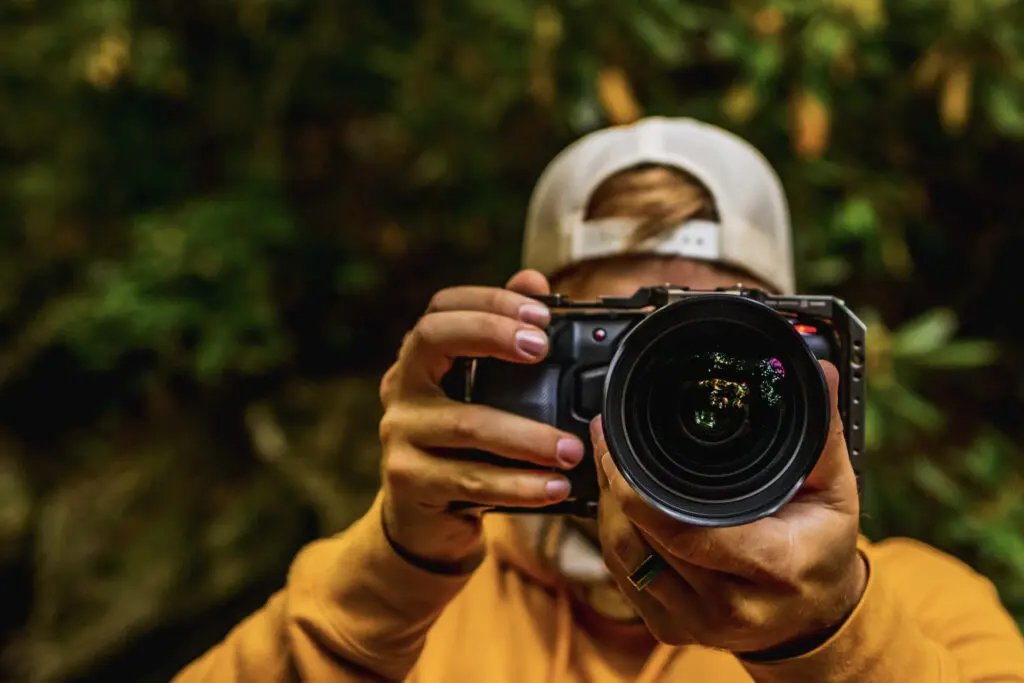
1 Comment
Blue hour happens just after sunset, not before.